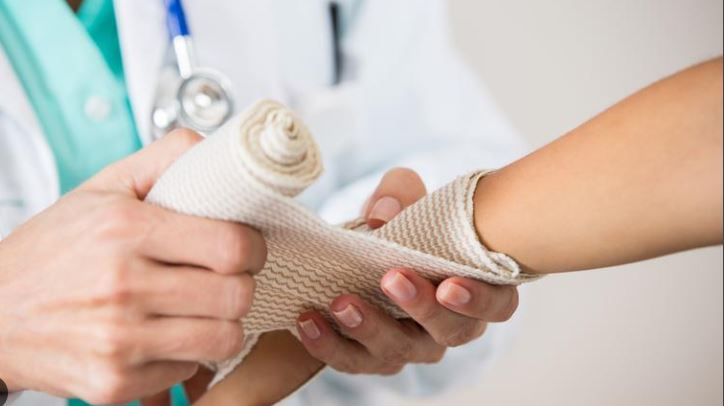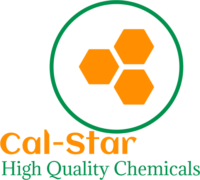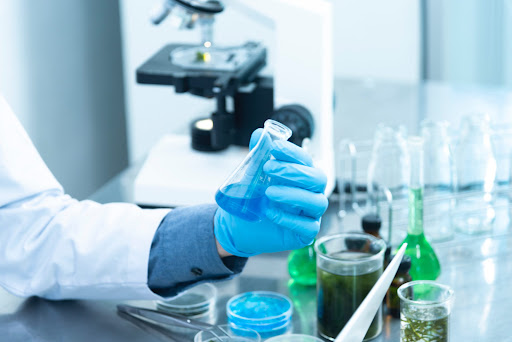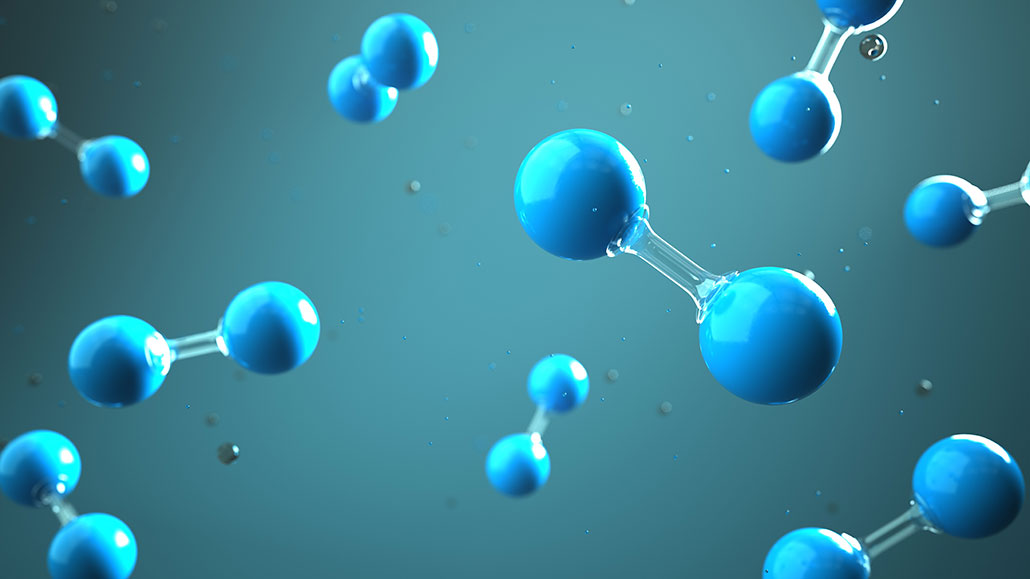Chemical burns occur when skin or eyes come into contact with hazardous substances such as acids, bases, or solvents. These burns can cause severe damage, including pain, redness, swelling, and tissue destruction. It is crucial to act quickly to mitigate the damage and provide proper first aid measures.

First Aid Measures for Chemical Burns and Inhalation
Immediate Response to Chemical Burns
When a chemical burn occurs, immediately remove any contaminated clothing to prevent further exposure. Rinse the affected area thoroughly with cool running water for at least 15-20 minutes. This helps dilute and wash away the chemical. Avoid using hot water or any other substances, as they might exacerbate the burn. If the chemical comes into contact with the eyes, use an eyewash station or gently pour water over the eyes for the same duration, ensuring that the eyes are kept open during the rinsing process.
Further Treatment for Chemical Burns
After thoroughly rinsing the affected area, cover the burn with a clean, dry cloth or sterile dressing to protect it from infection. Avoid applying creams, ointments, or ice directly to the burn, as this can interfere with medical treatment. Seek immediate medical attention for all chemical burns, regardless of severity, to ensure appropriate care and to prevent complications.
Understanding Chemical Inhalation Hazards
Inhalation of chemical fumes, vapors, or dust can cause serious respiratory problems, including coughing, shortness of breath, throat irritation, and, in severe cases, pulmonary edema or respiratory failure. Recognizing the symptoms early and taking swift action is vital to minimize health risks.
Immediate Response to Chemical Inhalation
If a person inhales a hazardous chemical, move them to fresh air immediately. Ensure the affected person stays calm and breathes deeply in an open, well-ventilated area. If they experience difficulty breathing, provide oxygen if available, and call emergency services without delay. Do not re-enter the contaminated area without proper respiratory protection.
Further Treatment for Chemical Inhalation
Encourage the affected person to remain in an upright position to facilitate easier breathing. Monitor their condition closely while waiting for medical assistance. If the individual’s symptoms worsen or they lose consciousness, administer CPR if trained to do so. Medical professionals will need to evaluate and treat the affected person, possibly administering medications or respiratory support based on the severity of the inhalation injury.
Preventive Measures
Prevention is key to avoiding chemical burns and inhalation injuries. Always use appropriate personal protective equipment (PPE), including gloves, goggles, and masks, when handling hazardous chemicals. Ensure work areas are well-ventilated and have easy access to emergency eyewash stations and safety showers. Training employees on proper handling procedures and emergency response is essential for maintaining a safe working environment.
Conclusion
Immediate and appropriate first aid for chemical burns and inhalation can significantly reduce the severity of injuries and improve recovery outcomes. Quick actions, such as thorough rinsing of burns and moving to fresh air, are crucial steps. Preventive measures, including the use of PPE and proper training, are essential to minimize the risk of these hazardous incidents. Always seek professional medical attention following any chemical exposure to ensure comprehensive care and treatment.




